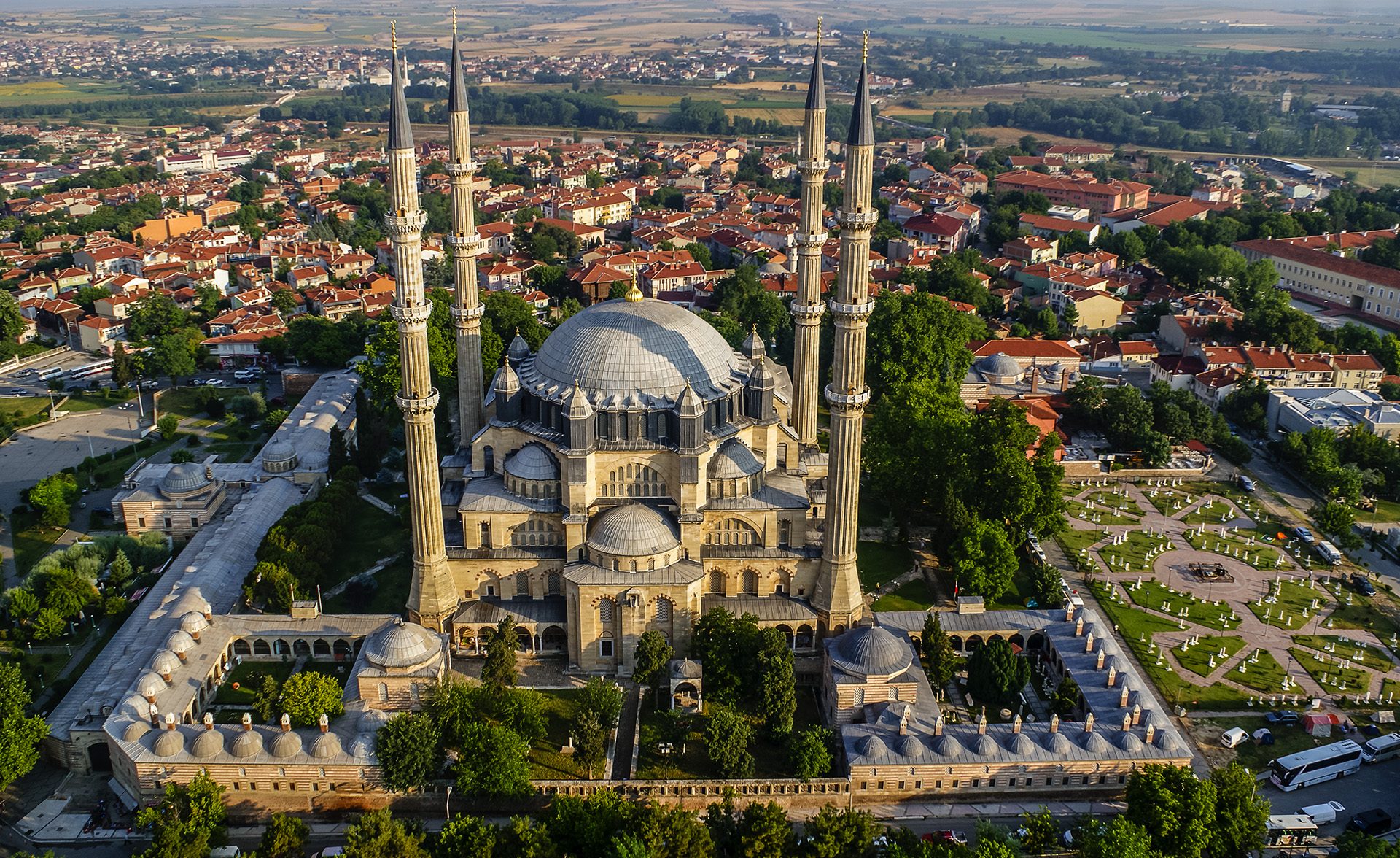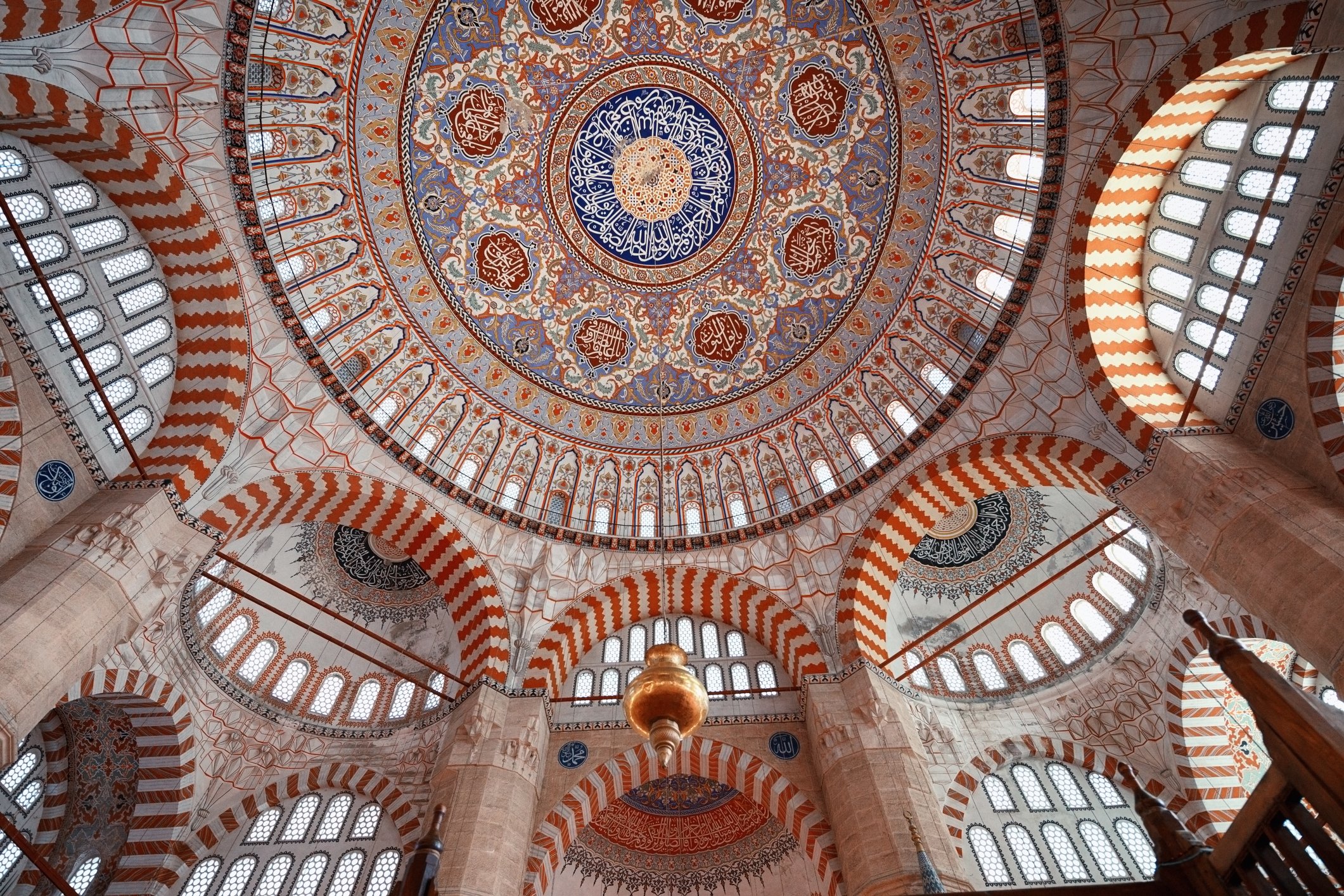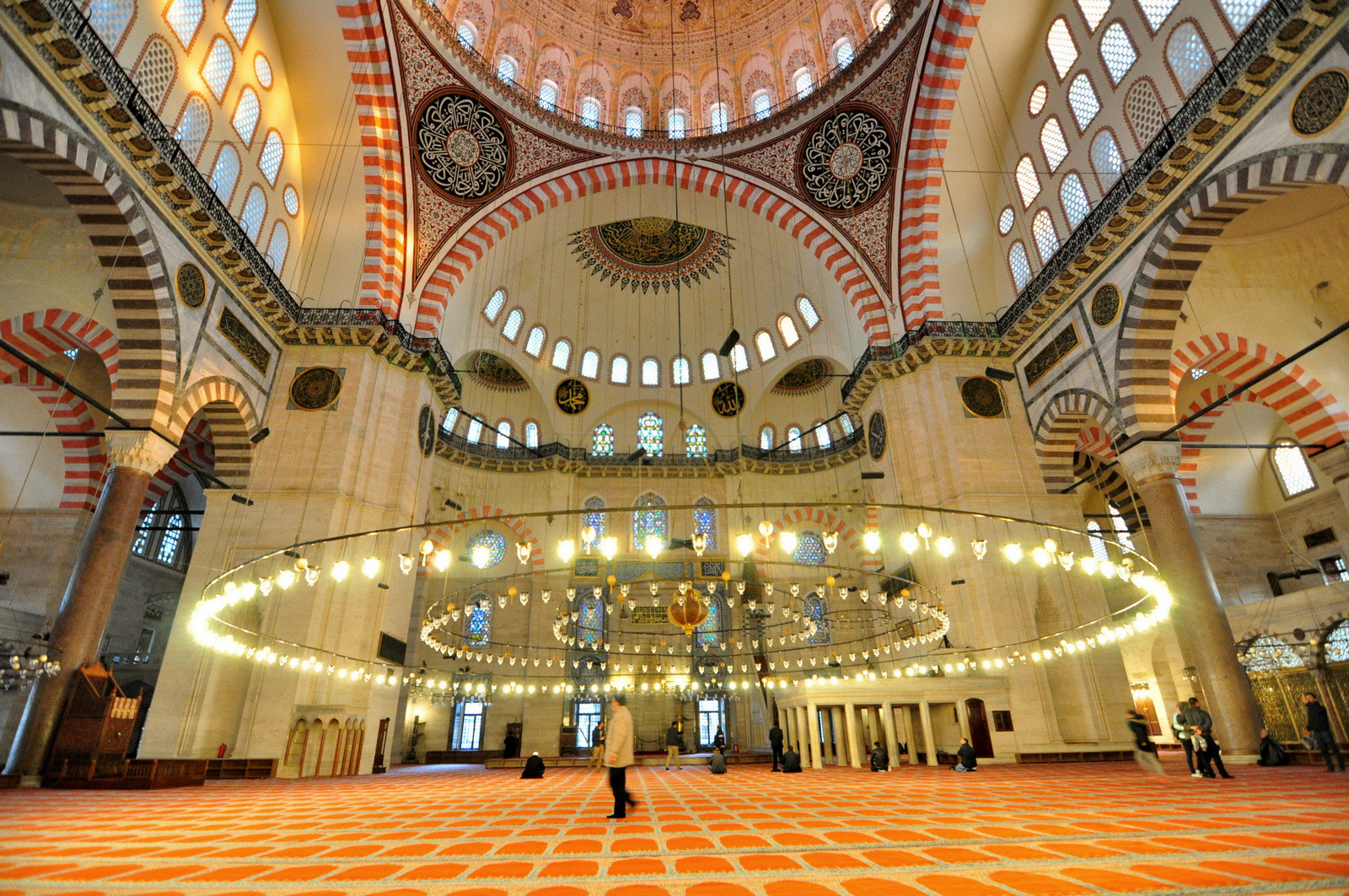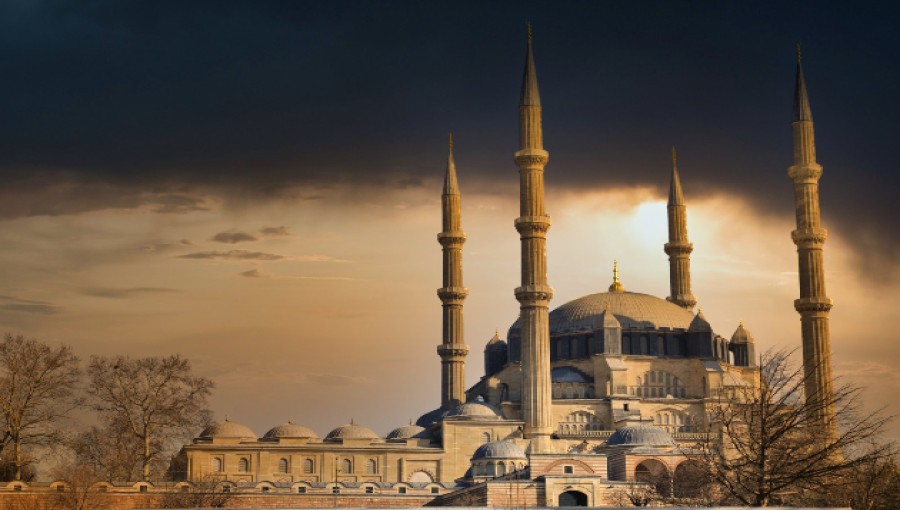In the picturesque city of Edirne, Turkey, nestled amidst the verdant landscapes and rich historical tapestry of the region, stands the magnificent Selimiye Mosque—a timeless masterpiece of Islamic architecture that has captured the hearts and minds of visitors for centuries. With its awe-inspiring domes, graceful minarets, and intricate ornamentation, the Selimiye Mosque is not merely a place of worship but a symbol of Turkey's rich cultural heritage and its enduring commitment to Islamic faith and tradition.
The Selimiye Mosque complex, located in the heart of Edirne, Turkey, is a wonderful example of Ottoman glory and Islamic architecture. Sultan Selim II ordered the construction of this magnificent structure, designed by renowned Ottoman architect Sinan, towards the end of the 16th century. Building on the mosque started in 1568 and finished in 1575, following about seven years of careful planning and skillful work. On March 14, 1575, the mosque was officially unveiled.
Video: The Magnificent Selimiye Mosque: A Testament to Ottoman Architectural Brilliance
The Selimiye Mosque stands out in the view of Edirne with its square design, one large dome, and four thin minarets. Sinan, commonly praised as the Michelangelo of the East, believed this building was his best creation. The complex consists of a mosque, Islamic schools, a market, a clock tower, a courtyard, and a library, all of which add to its balanced layout.

The Selimiye Mosque in Edirne, Turkey, stands as a monumental testament to the Ottoman Empire’s architectural ingenuity and cultural sophistication. This grand edifice, conceived by the empire’s most celebrated architect, Mimar Sinan, is not only a symbol of the empire’s religious devotion but also a showcase of its artistic and technological advancements.
The Hassan II Mosque: A Dazzling Fusion of Faith and Modernity
Strategic Expansion and Cultural Flourishing
The Ottoman Empire’s westward expansion was marked by strategic and cultural milestones, with the conquest of Edirne serving as a pivotal moment. The city, once seized, was transformed into a secondary capital, adorned with architectural marvels like the Selimiye Mosque, which became the jewel in the crown of Edirne’s urban landscape.
Architectural Grandeur
The mosque’s design reflects Sinan’s masterful blend of aesthetic elegance and structural innovation. Its central dome, one of the largest in the Islamic world, soars to a height of 43 meters, supported by eight massive pillars and flanked by four slender minarets that pierce the skyline at over 70 meters each. The interior is a symphony of light and space, with an array of windows inviting divine illumination into the prayer hall.
Artistic Legacy
The Selimiye Mosque’s interior is a canvas of Iznik tiles, which represent the pinnacle of Ottoman ceramic art. These tiles, with their vibrant colors and intricate patterns, encapsulate the zenith of Iznik craftsmanship and contribute to the mosque’s breathtaking visual narrative.
The Crown Among Mosques: A Look at Bhopal's Taj-ul-Masajid

Cultural Significance
The mosque complex, with its madrasas, market, and library, epitomizes the Ottoman külliye, serving as a microcosm of the empire’s social and educational ethos. It was not merely a place of worship but a center for learning and community life, reflecting the holistic vision of Ottoman urban planning.
Le Corbusier’s Tribute
The mosque’s grandeur left an indelible impression on Le Corbusier, who, during his Eastern travels, recognized its divine magnificence, echoing the sentiments of scholars like Hasan Eren Ulu who revered it as a crowning glory of Edirne.
Significance in Muslim Society and Islam
The Selimiye Mosque is a cultural and religious cornerstone for the Muslim community. It serves as a sanctuary for prayer and reflection, embodying Islamic unity and identity. The mosque complex, including madrasas and a covered market, reflects the Ottoman külliye, illustrating the empire's approach to social and educational development.
Sultan Salahuddin Abdul Aziz Mosque A Majestic Emblem of Malaysian Islam

Legacy and Cultural Symbol
As a UNESCO World Heritage Site, the Selimiye Mosque is a cultural icon, symbolizing the pinnacle of Ottoman architecture and the empire's artistic achievements. Its preservation is vital for maintaining Turkey's cultural heritage and for providing insight into the sophistication of Islamic architecture.
The Selimiye Mosque's architectural splendor continues to inspire awe and admiration worldwide. It stands as a reminder of the Ottoman Empire's grandeur and the universal values of faith and compassion. In today's world, the mosque remains a symbol of hope and enlightenment, encouraging unity and respect across cultures and religions. As we admire its beauty, we are inspired to uphold the vision of its creators and to foster a world where harmony and mutual respect prevail.
End//voice7news.tv
A global news agency.






























Comment: